- With standard equipment
- With safety pack
Find more information in the General Comments section of the assessment
Find more information in the Rating Validity tab of the assessment
- See More
- See More
- See More
- See More
- Good
- Adequate
- Marginal
- Weak
- Poor
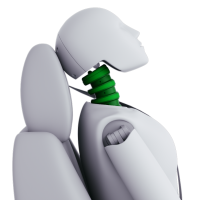 Rear Seat
Rear Seat
 Front Seat
Front Seat
- Good
- Adequate
- Marginal
- Weak
- Poor
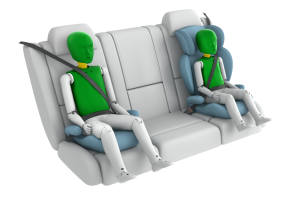
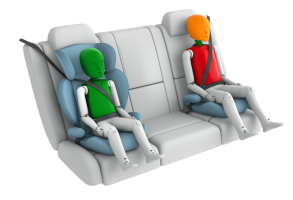
Passenger
outboard
Fitted to the vehicle as standard
Not fitted to the test vehicle but available as option
Not Available
-
i-Size CRS
-
ISOFIX CRS
-
Universal Belted CRS
Easy
Difficult
Safety critical
Not allowed
| Seat Position | |||
|---|---|---|---|
| Front | 2nd row | ||
| Passenger | Left | Right | |
| Maxi Cosi 2way Pearl & 2wayFix (i-Size) | |||
| Maxi Cosi 2way Pearl & 2wayFix (i-Size) | |||
| BeSafe iZi Kid X2 i-Size (i-Size) | |||
| Britax Römer TriFix2 i-Size (i-Size) | |||
| BeSafe iZi Flex FIX i-Size (i-Size) | |||
| BeSafe iZi Combi X4 ISOfix (ISOFIX) | |||
| Britax Römer KidFix XP (ISOFIX) | |||
| Maxi Cosi Cabriofix (Belt) | |||
| Maxi Cosi Cabriofix & EasyBase2 (Belt) | |||
| Britax Römer King II LS (Belt) | |||
| Britax Römer KidFix XP (Belt) | |||
Easy
Difficult
Safety critical
Not allowed
In the frontal offset test, protection of both child dummies was good or adequate for all critical parts of the body. In the side barrier test, protection of the chest of the 10-year dummy was poor and that of the head was marginal, based on readings of accelerations. The front passenger airbag can be disabled to allow a rearward-facing child restraint to be used in that seating position. Clear information is provided to the driver regarding the status of the airbag and the system was rewarded. All of the restraints for which the Honda e is designed could be properly installed and accommodated.
- Good
- Adequate
- Marginal
- Weak
- Poor
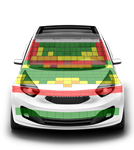
Head Impact 18.3 Pts
Pelvis Impact 0.0 Pts
Leg Impact 6.0 Pts
| System Name | Collision Mitigation Braking System | ||
| Type | Auto-Brake with Forward Collision Warning | ||
| Operational From | 5 km/h | ||
| PERFORMANCE | | |||
-
Cyclist from nearside, obstructed view
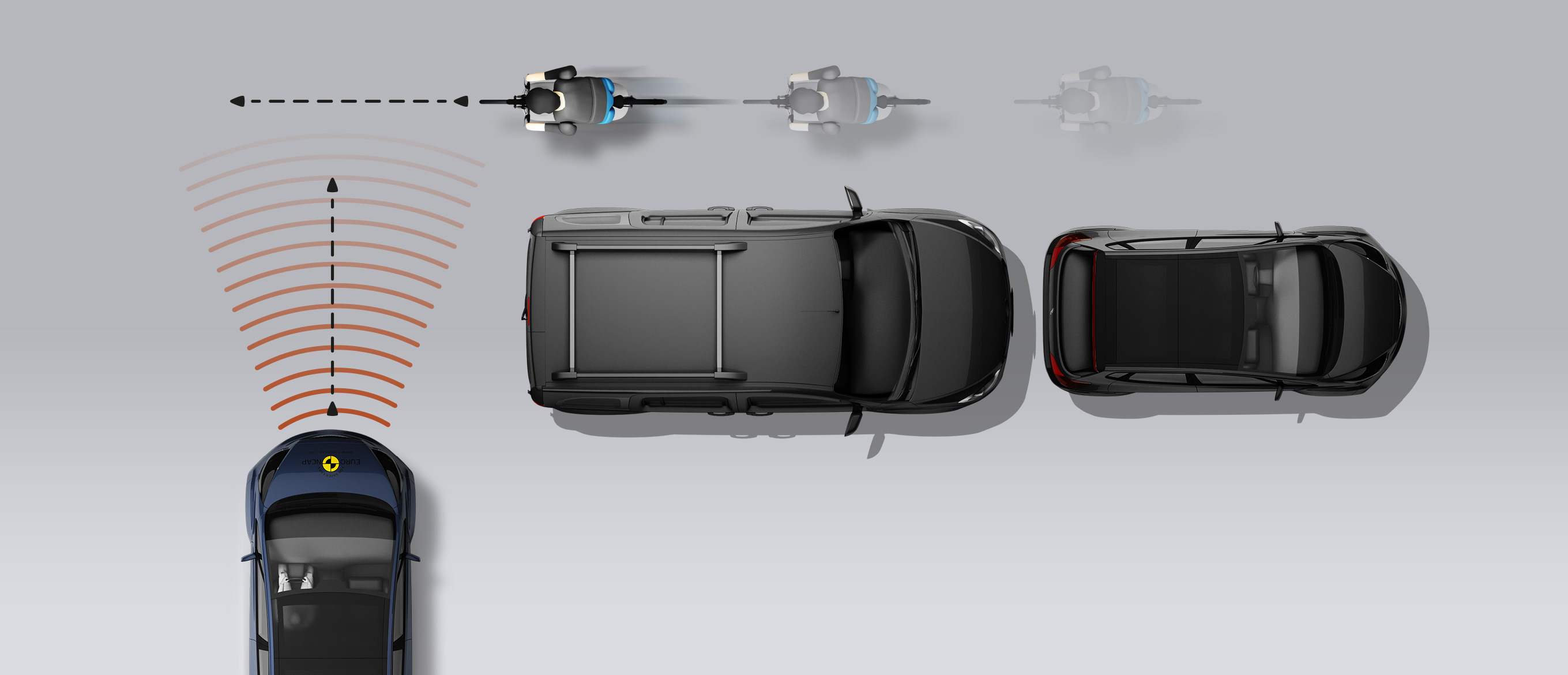
-
Approaching a crossing cyclist
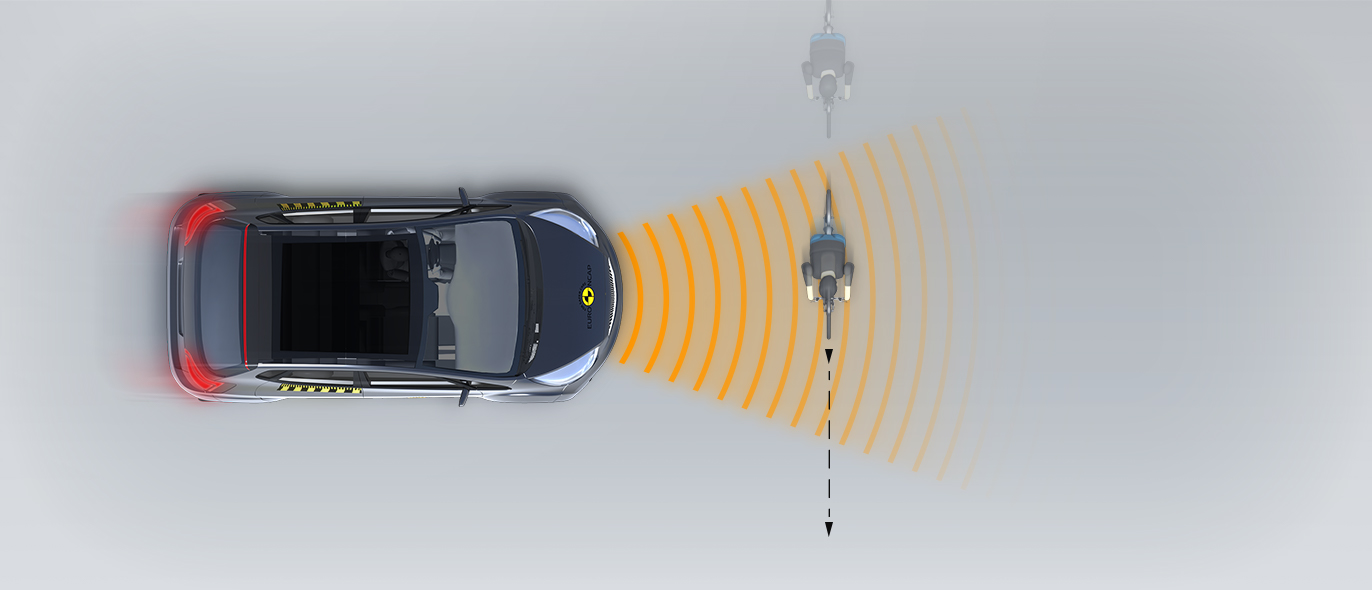
-
Cyclist along the roadside
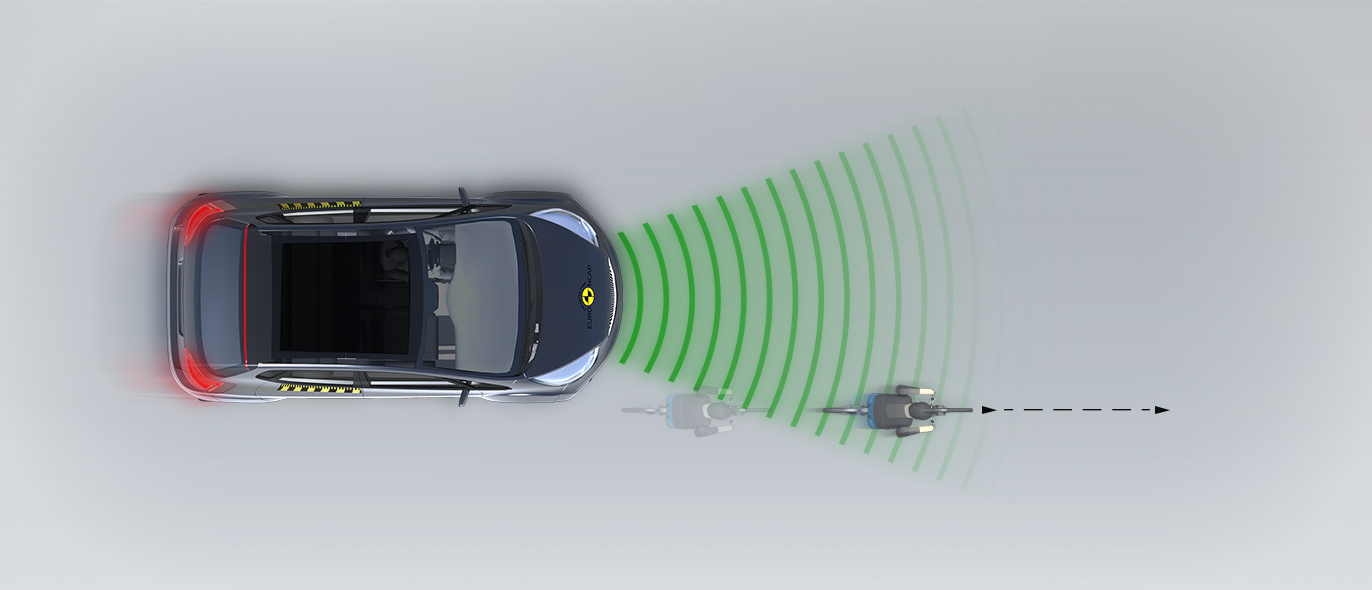
The Honda e has an ‘active’ bonnet. Sensors in the bumper detect when a pedestrian has been hit and actuators lift the bonnet surface to provide greater space to the hard structures underneath. Honda showed that the system worked robustly for pedestrians of different statures and across a wide range of speeds, so the car was tested with the bonnet in the raised position. The bonnet provided almost exclusively good protection to the head of a struck pedestrian, with some poor results recorded on the stiff windscreen pillars. The bumper provided good protection to pedestrians' legs. However, tests on the front edge of the bonnet revealed poor protection to a pedestrian’s pelvis at all points across the width of the car and the e scored no points for this part of the assessment. The Honda e’s autonomous emergency braking (AEB) system can detect vulnerable road users like pedestrians and cyclists, as well as other vehicles. In tests, the system's response to such road users was adequate, with collisions avoided or mitigated in most cases. The system does not detect pedestrians to the rear of the car, and reversing tests were not performed.
- Good
- Adequate
- Marginal
- Weak
- Poor
| System Name | Speed Limiter |
| Speed Limit Information Function | Camera based, subsigns supported |
| Speed Control Function | System advised (accurate to 5km/h) |
| Applies To | Front and rear seats | ||
| Warning | Driver Seat | Front Passenger(s) | Rear Passenger(s) |
| Visual | |||
| Audible | |||
| Occupant Detection | |||
|
|||
| System Name | Road Departure Mitigation |
| Type | LKA and ELK |
| Operational From | 64 km/h |
| Performance | |
| Emergency Lane Keeping | |
| Lane Keep Assist | |
| Human Machine Interface | |
| System Name | Collision Mitigation Braking System | |||
| Type | Autonomous emergency braking and forward collision warning | |||
| Operational From | 5 km/h | |||
| Sensor Used | camera and radar | |||
--safetyAssistCommentEN--
- Specifications
- Safety Equipment
- Videos
- Rating Validity
Specifications
Tested Model Honda e, RHD
Body Type - 5 door hatchback
Year Of Publication 2020
Kerb Weight 1513kg
VIN From Which Rating Applies - all Honda e
Class Small Family Car
Safety Equipment
Note: Other equipment may be available on the vehicle but was not considered in the test year.
Fitted to the vehicle as standard
Fitted to the vehicle as part of the safety pack
Not fitted to the test vehicle but available as option or as part of the safety pack
Not available
Not applicable
Videos
Rating Validity
Variants of Model Range
| Body Type | Engine & Transmission | Model Name/Code | Drivetrain | Rating Applies | |
|---|---|---|---|---|---|
| LHD | RHD | ||||
| 5 door hatchback | electric | BASE | 4 x 2 |  |
 |
| 5 door hatchback | electric | ADVANCE* | 4 x 2 |  |
 |
* Tested variant

Find more information in the General Comments section of the assessment
 Share
Share







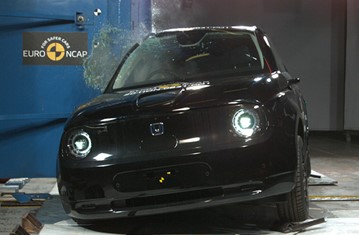



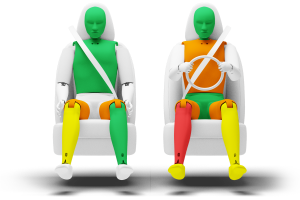
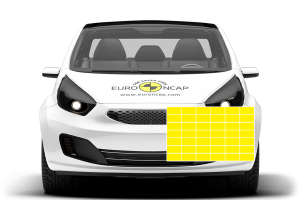
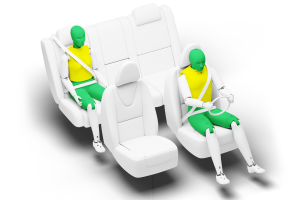
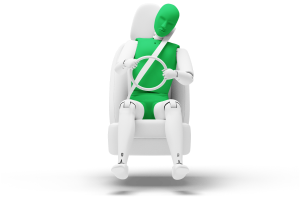
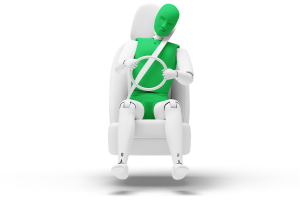
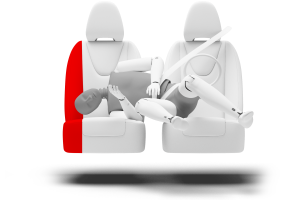
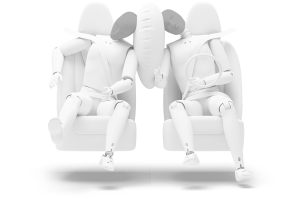
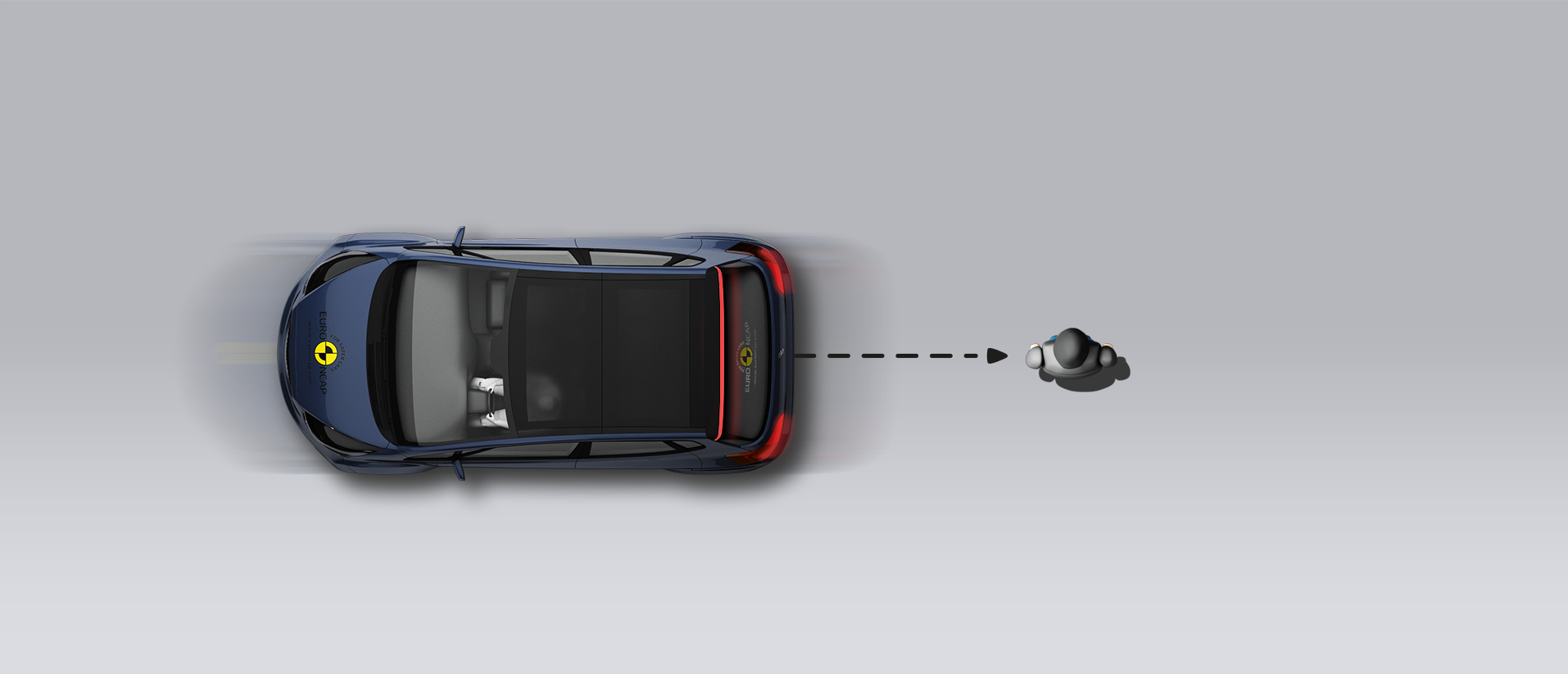

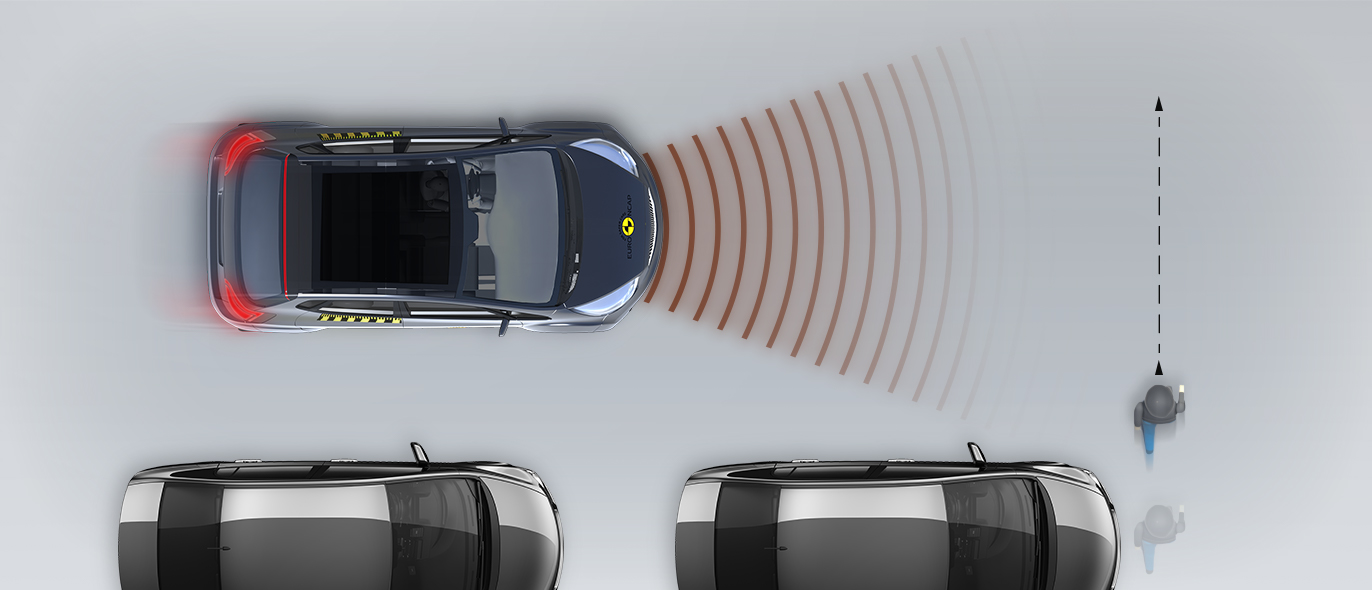
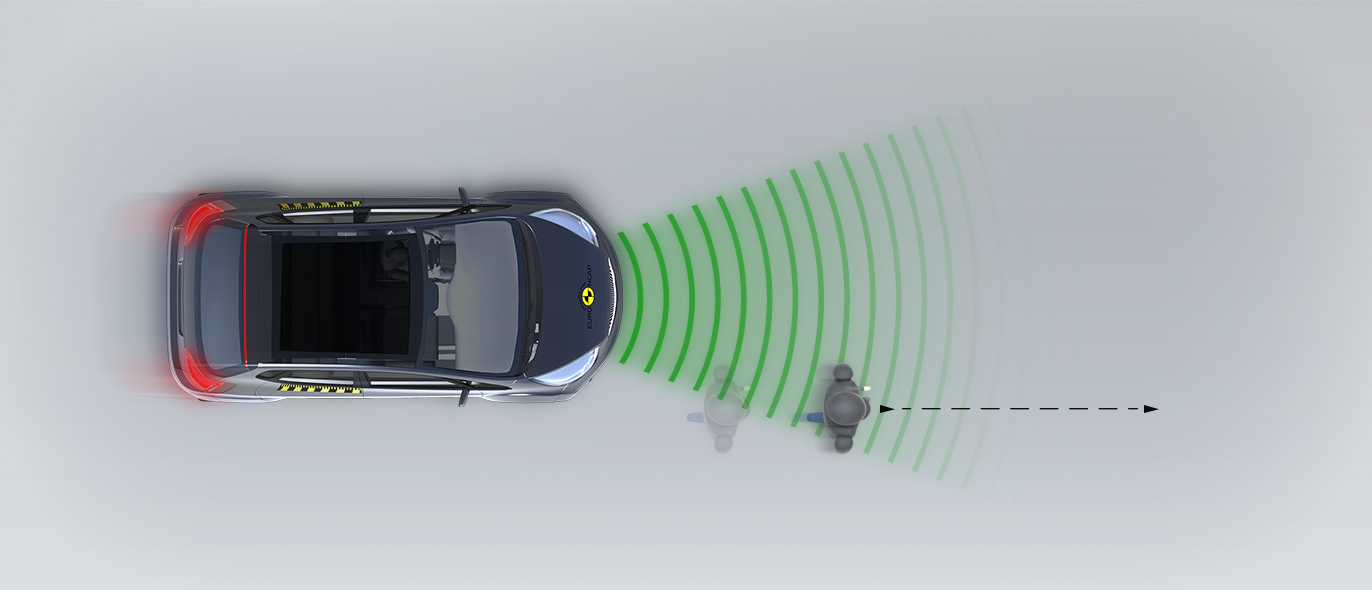
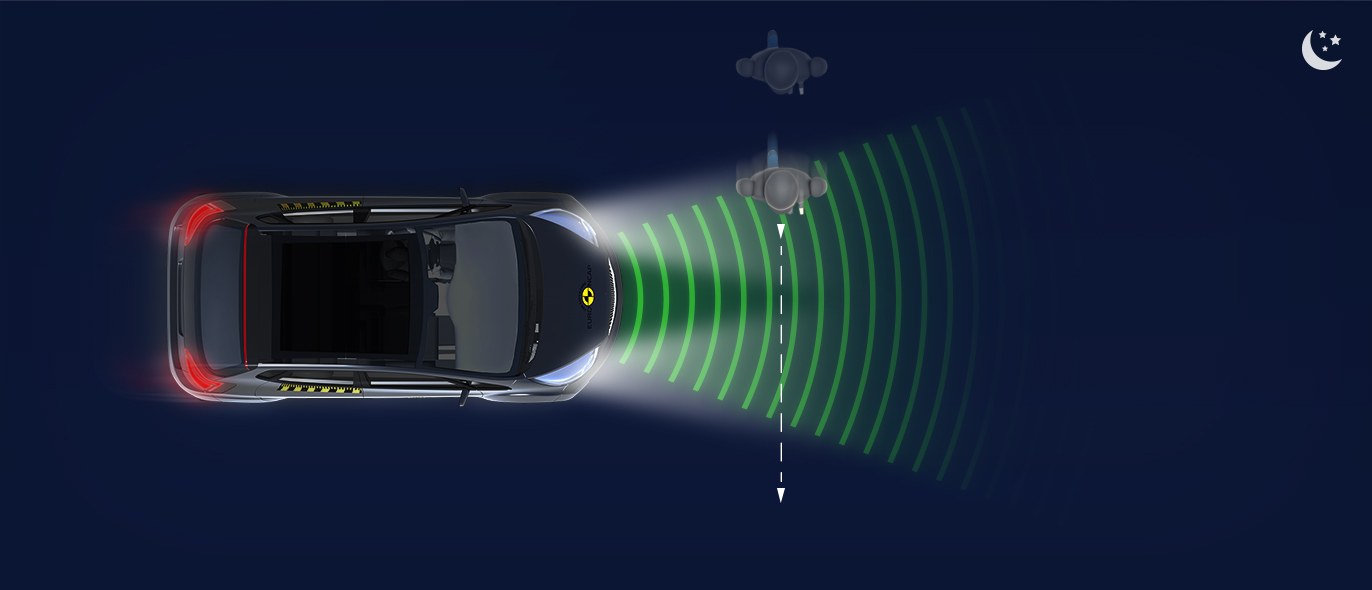

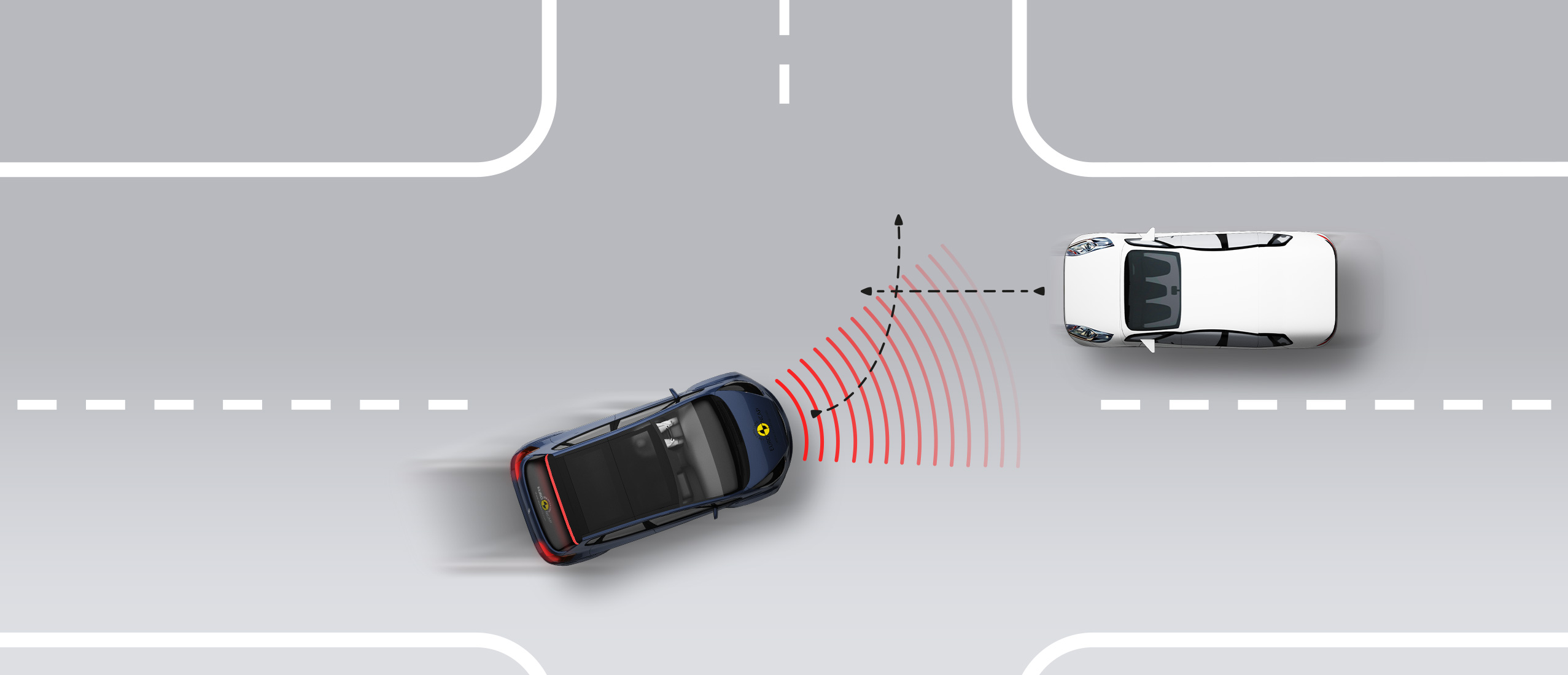
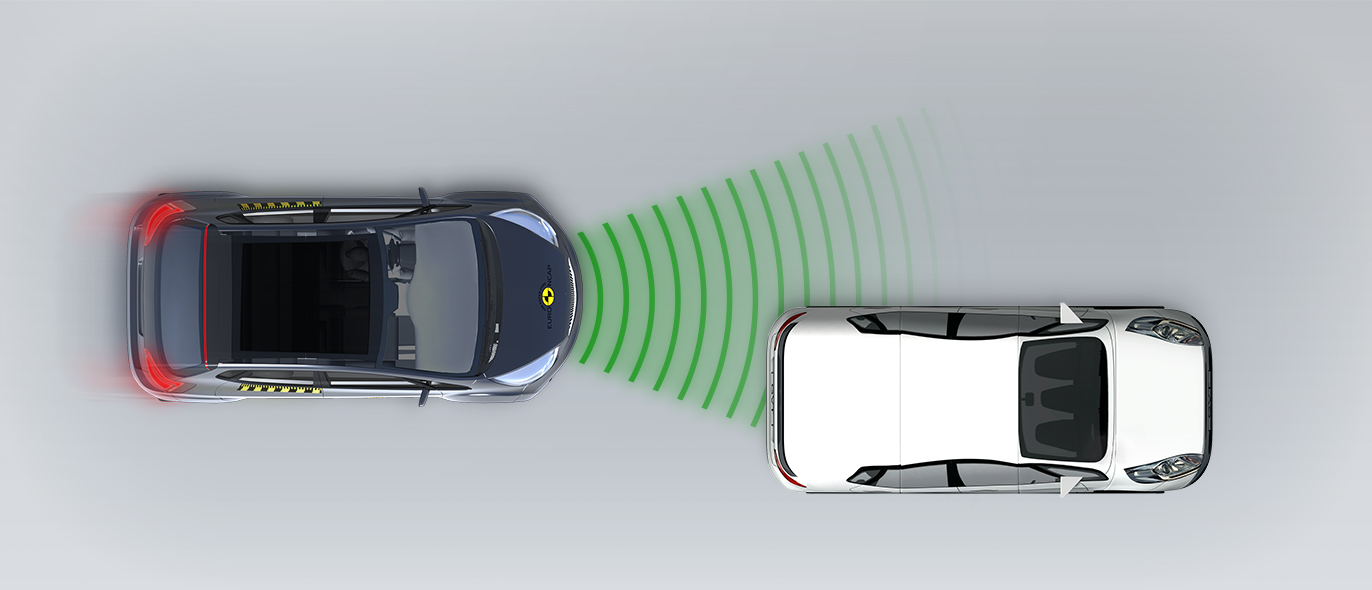
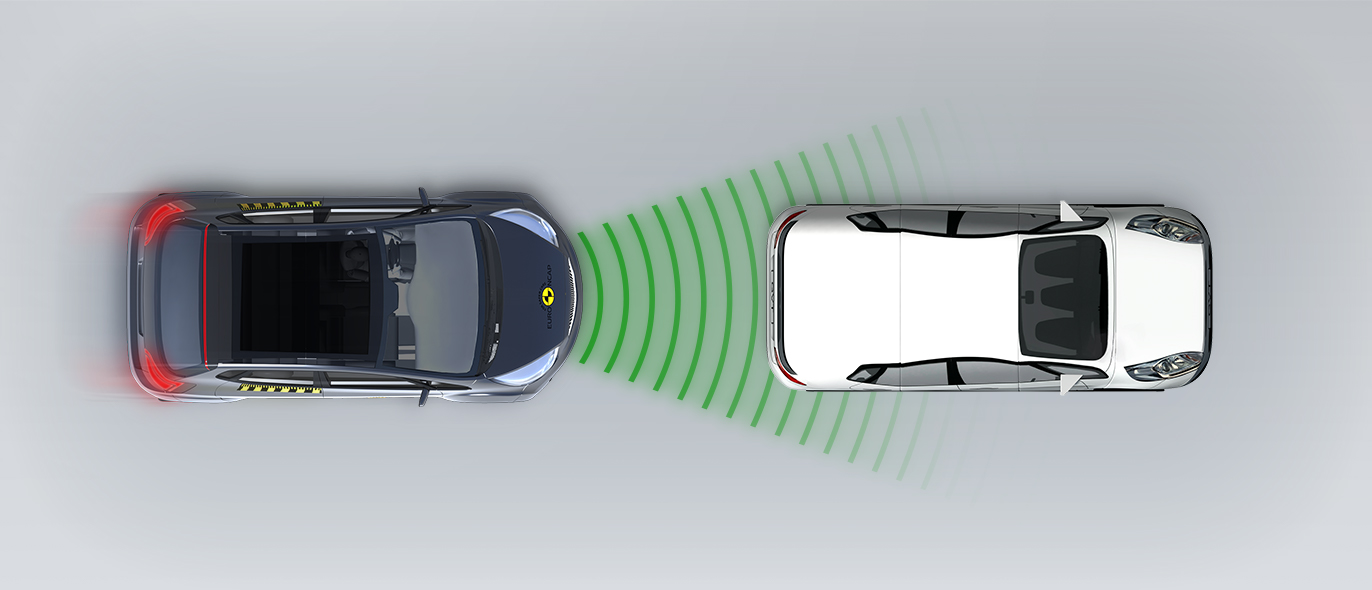
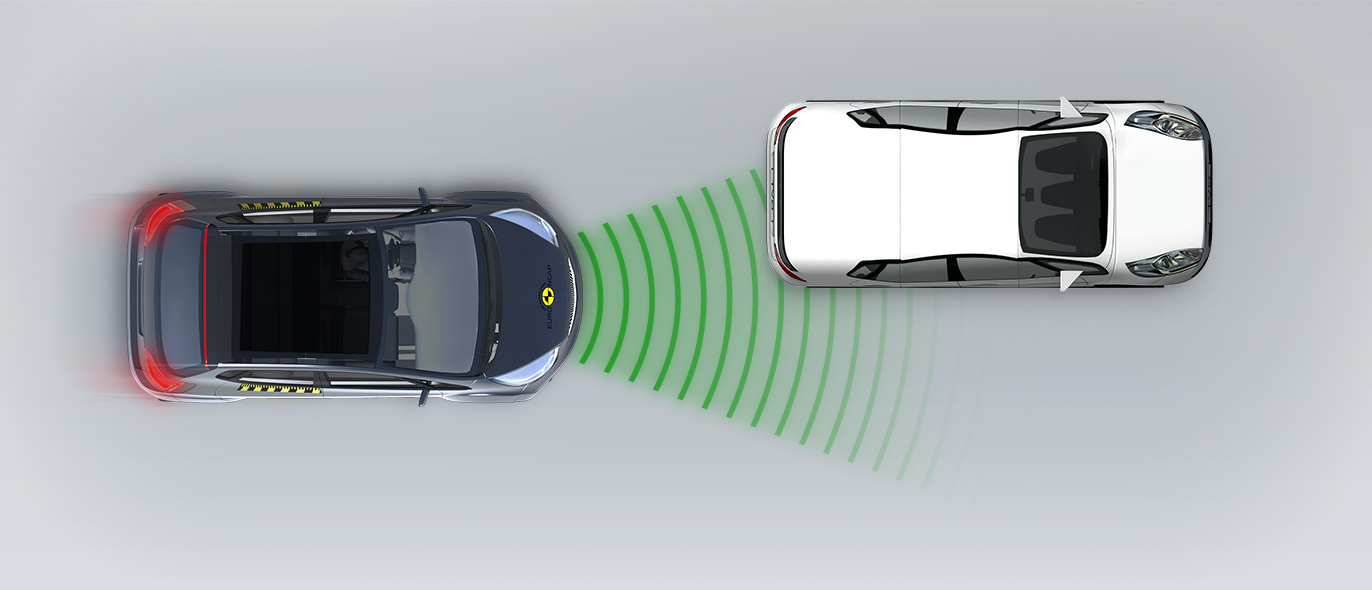
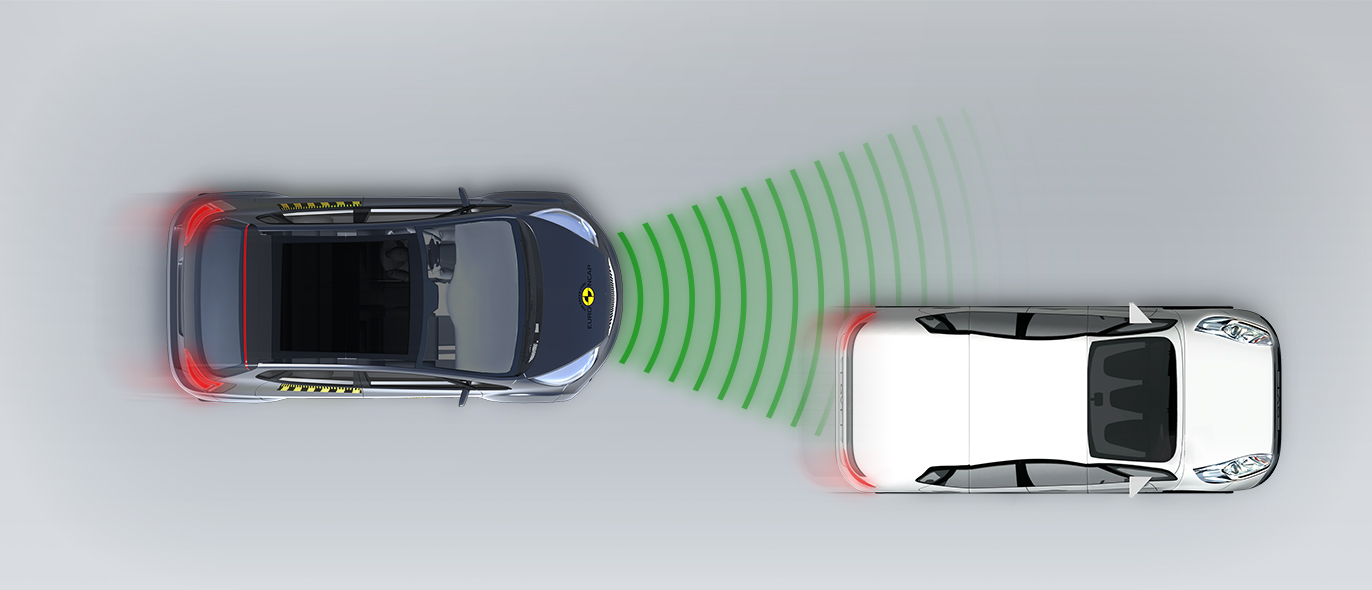
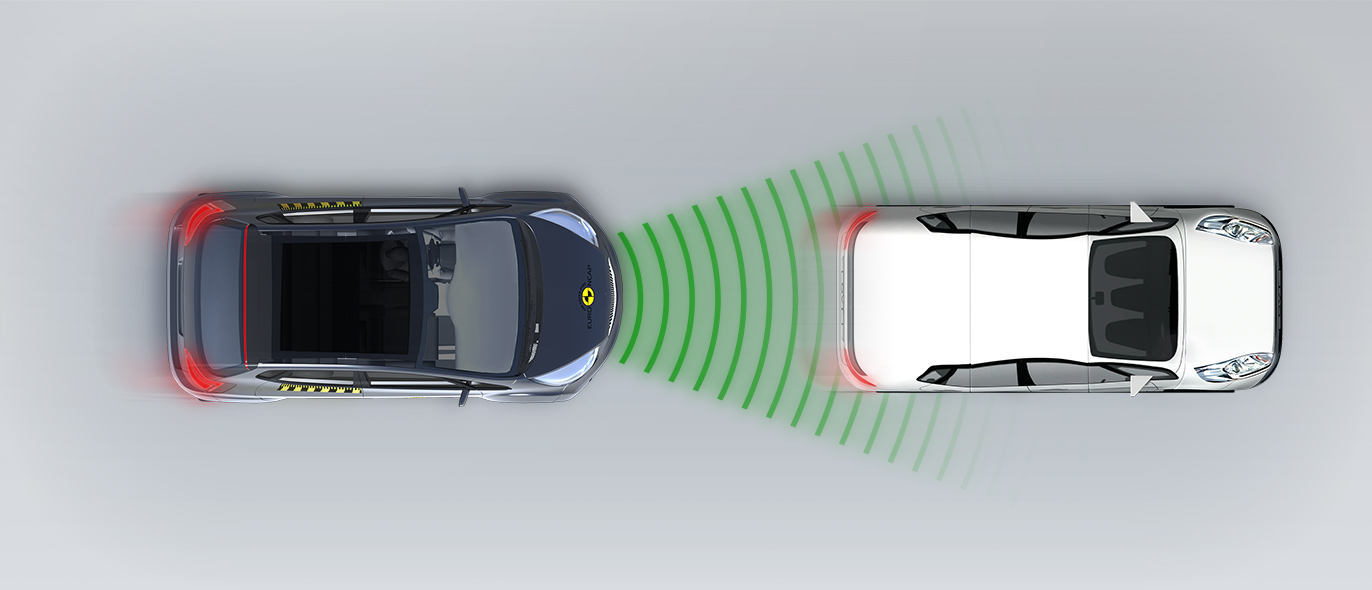
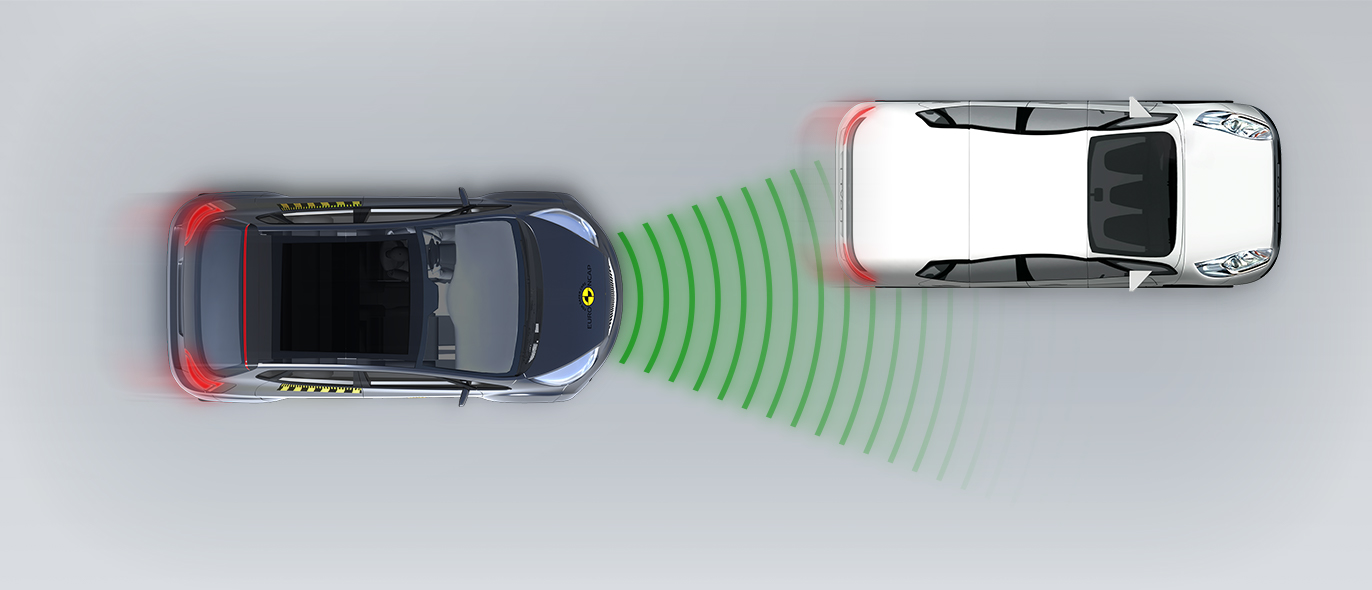


The passenger compartment remained stable in the offset frontal test. Protection of the driver's chest was rated as marginal, based on measurements of compression, and that of the driver’s lower right leg was rated as poor, also based on dummy readings. Measurements in the knees and femurs of both driver and passenger dummies indicated a marginal level of protection and the scores for these regions were penalised owing to potentially injurious structures in the dashboard. The benign front structure of the Honda e did not pose a high risk to the occupants of a colliding vehicle in a frontal offset impact. In the full-width, rigid wall test, protection was good or adequate for all critical body regions for both the driver and the rear seat passenger. In both the side barrier test, representing a collision by another vehicle, and the more severe side pole impact, protection was good all-round and the e scored maximum points for these tests. In an assessment of protection in far-side impact, dummy excursion (its movement towards the other side of the vehicle) was rated as poor. The Honda e is not equipped with a counter-measure to prevent occupant to occupant contact in side impacts. Tests on the front seats and head restraints demonstrated good protection against whiplash injury in the event of a rear-end collision. A geometric assessment of the rear seats also indicated good whiplash protection. The e does not have a multi-collision braking system but has an advanced e-Call system which, in the event of an accident, automatically sends a message to the emergency services, giving the car's location.